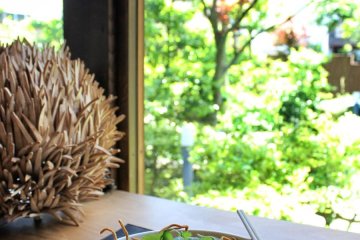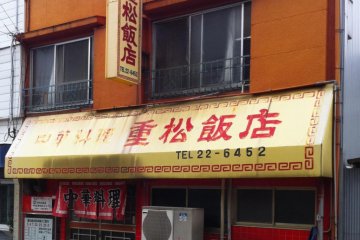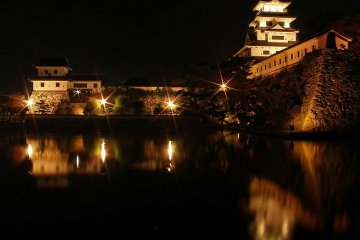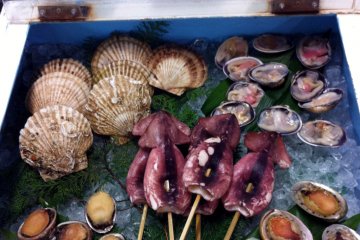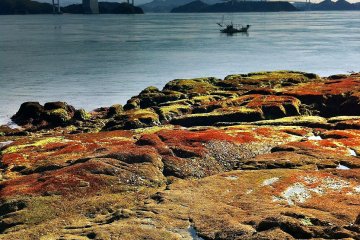
Imabari
AnonymousNear the port in Imabari (今治市, Imabari-shi) is a huge, beautifully made ship’s propeller displayed as sculpture. It looks like a giant flower. In front of it are the words “Zo-sen no machi, Imabari” or “Shipbuilding town, Imabari”. This is the theme of the city, and even in the swanky Imabari Kokusai Hotel, large, scale models of the ships made in Imabari are displayed on every floor. Unfortunately, the Koreans have found ways to make ships more cheaply. Today, Imabari is on the ropes, and it shows. One of the features of Imabari is its arcades and commercial district arranged in a regular grid. Many of the buildings are old, and they speak of the city’s past vigour. Sadly, lots of them are now shuttered and in disrepair due to the slump in shipbuilding. Nonetheless, others are still thriving, and working hard to offer valuable products at good prices. One that will appeal particularly to foreign visitors is the souvenir and kimono shop Gofukuten Sugataya. Among these streets, there’s a great deal of old-time architectural charm from the Showa period and earlier, with signs painted in font faces not often seen anymore. In the covered arcades, many of the shops have a very 1960s feel, giving the impression of a timeslip. Besides shipbuilding, the industries of Imabari include tiles, towels, and fishing, and these are much in evidence in one form or another. Imabari has many temples dotted among its residential and commercial premises, and the roofs of these temples are decorated in particularly fine style with long dragons along the gables. The city has had a huge Towel Museum for many years featuring the design possibilities of towels, and after conducting a branding exercise, these designs are now finding their way into attractive specialist towel shops in the city. I own a couple of towel scarves made in Imabari, and they’re a wonderful multipurpose accessory for the stylish, active man. Imabari is also known for its condiments for meats, many of which are produced at Nihon Shokken’s monstrous baroque factory, an outsize replica of the Belvedere Palace in Vienna. Factory tours and tastings are available. Imabari Castle is one of the obvious landmarks of the city. It’s a very pretty castle, surrounded by a square moat of seawater, with fish that frequently jump out of the water. Dating originally from 1604, the castle keep was ordered destroyed in the Meiji period, and the current tower was built in 1980. It’s well worth a visit for its beauty, its views, and the fine collection of armor, weapons, and artworks on display. The coast around Imabari is very attractive, and the beaches along the Seto Inland Sea are good for swimming. They’re characterized by orangey-yellow sand, backed with picturesque pines that give off a pleasant scent in the heat of summer. Imabari is the second largest city in Ehime prefecture. Following a recent merger, the city has an estimated population of 172,384. It’s serviced by Imabari Station on the JR Shikoku system. This is a main station on the Yosan line with limited express service. The city is also home to a ferry terminal, which acts as a hub for many of the ferry systems that link the nearby smaller islands. Imabari is home to six of the temples of the Shikoku Pilgrimage, from 54 to 59. These are Enmeiji, Nankobo, Taisanji, Eifukuji, Senyuji, and Kokubunji. For eats in Imabari, besides the many fish dishes that are common throughout Ehime, visitors are urged to try the ‘yakibuta tamago meshi’, a concoction of seasoned pork with lightly fried eggs on rice, with a sweet, peppery sauce. Of these, Shigematsu Hanten is probably my favourite. Imabari is linked to Hiroshima prefecture by the Shimanami Kaido, a series of bridges linking several of the islands of the Inland Sea.


/133.03344726562,34.11994088607,9/397x132?access_token=pk.eyJ1IjoiamFwYW50cmF2ZWxtYXBzIiwiYSI6ImNqbXBtOXYxbDB5Z3ozbHFrazJuYWMwOGYifQ.v15fy_mcFWtgopmz8PhwqA)



